
OECD tests for skin and eye irritation: methods, regulatory requirements and in vitro alternatives
The assessment of skin and eye irritation is an essential step in the safety of chemical substances, cosmetics, biocides,
Articles on industry, innovation and regulatory news

The assessment of skin and eye irritation is an essential step in the safety of chemical substances, cosmetics, biocides,

OECD acute toxicity tests are an essential step in assessing the safety of chemical substances. These studies

The assessment of skin corrosion is a key issue for the safety of chemical, cosmetic, detergent and pharmaceutical products.
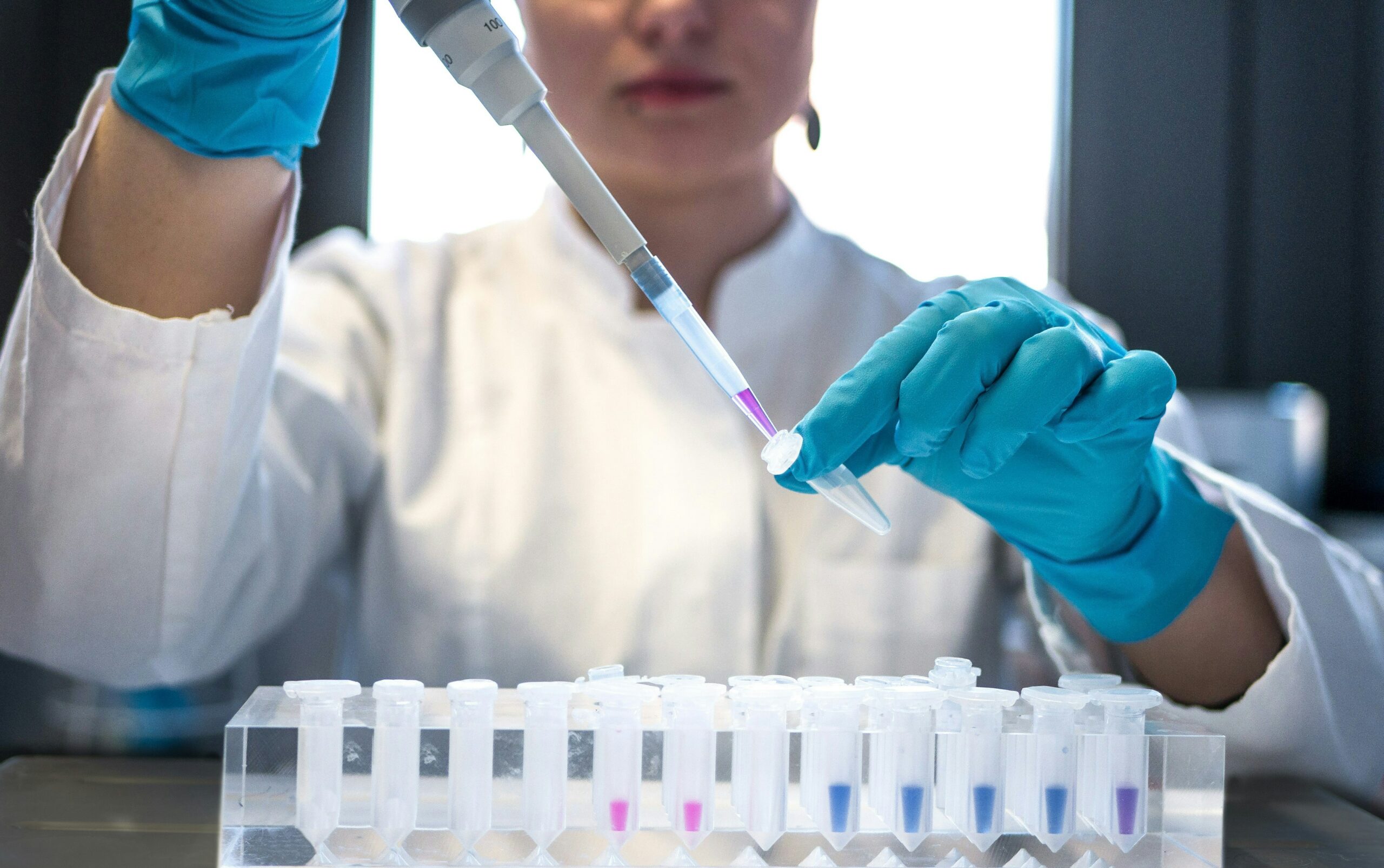
The OECD 408 test is a reference method for assessing the effects of prolonged oral exposure to a substance

The shelf life of a food product is a central issue for manufacturers in the agri-food sector. It defines the

Terrestrial ecotoxicology aims to assess the effects of chemical substances on soil organisms, which are essential for the proper functioning of

Cordycepin, or 3'-deoxyadenosine, is a bioactive compound isolated from fungi of the genus Cordyceps, known for its anticancer, antiviral properties

The glycemic index (GI) is an indicator used to classify carbohydrate-containing foods according to their ability to raise blood sugar.

Formaldehyde is a reactive and volatile chemical compound ubiquitous in industry due to its fixing,
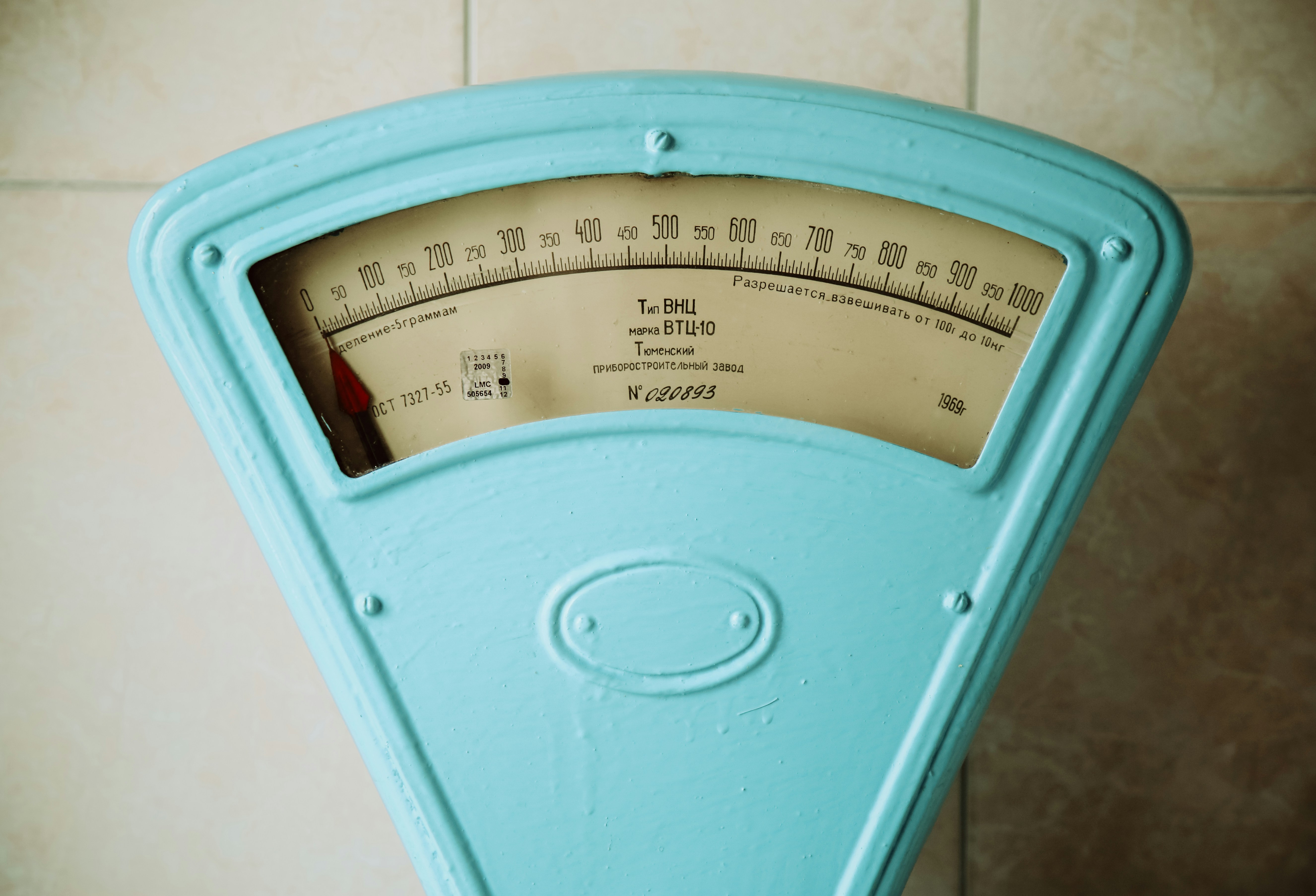
OECD 109 is a standard analytical procedure that is essential for determining the density of liquids and solids. This procedure is
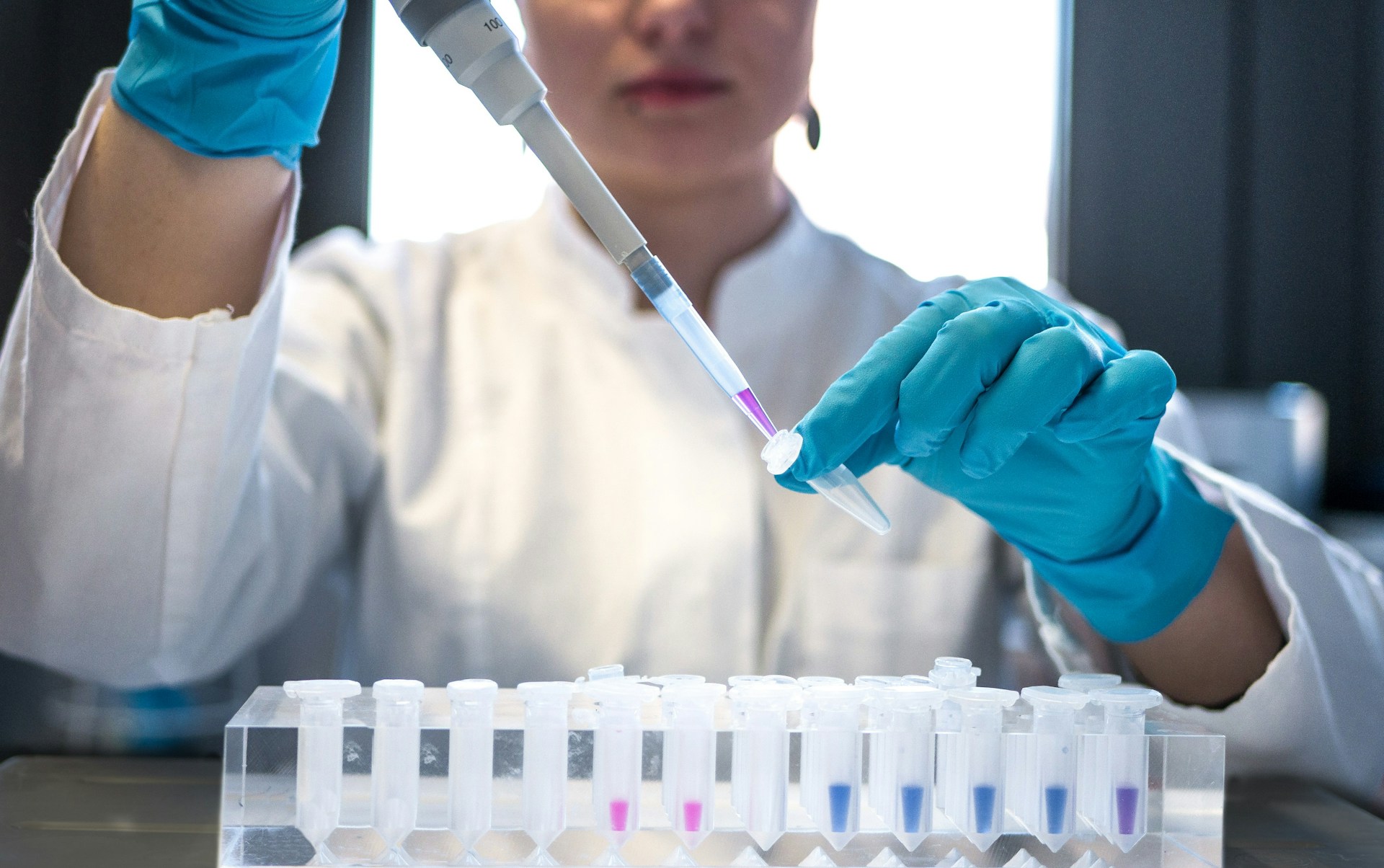
The OECD 110 test is a reference method used in the regulation of chemicals. It allows

OECD Method 102 is used to determine the temperature at which a substance changes from a solid to a liquid state,

The OECD 101 test, or “UV-VIS Absorption Spectra,” is a standardized method for measuring the absorption of light by

OECD guidelines refer to standardized experimental protocols, developed by the Organization for Economic Cooperation and Development, to govern

Mycotoxin adsorption refers to the passage of these fungal toxins, present in contaminated food, through the intestinal wall
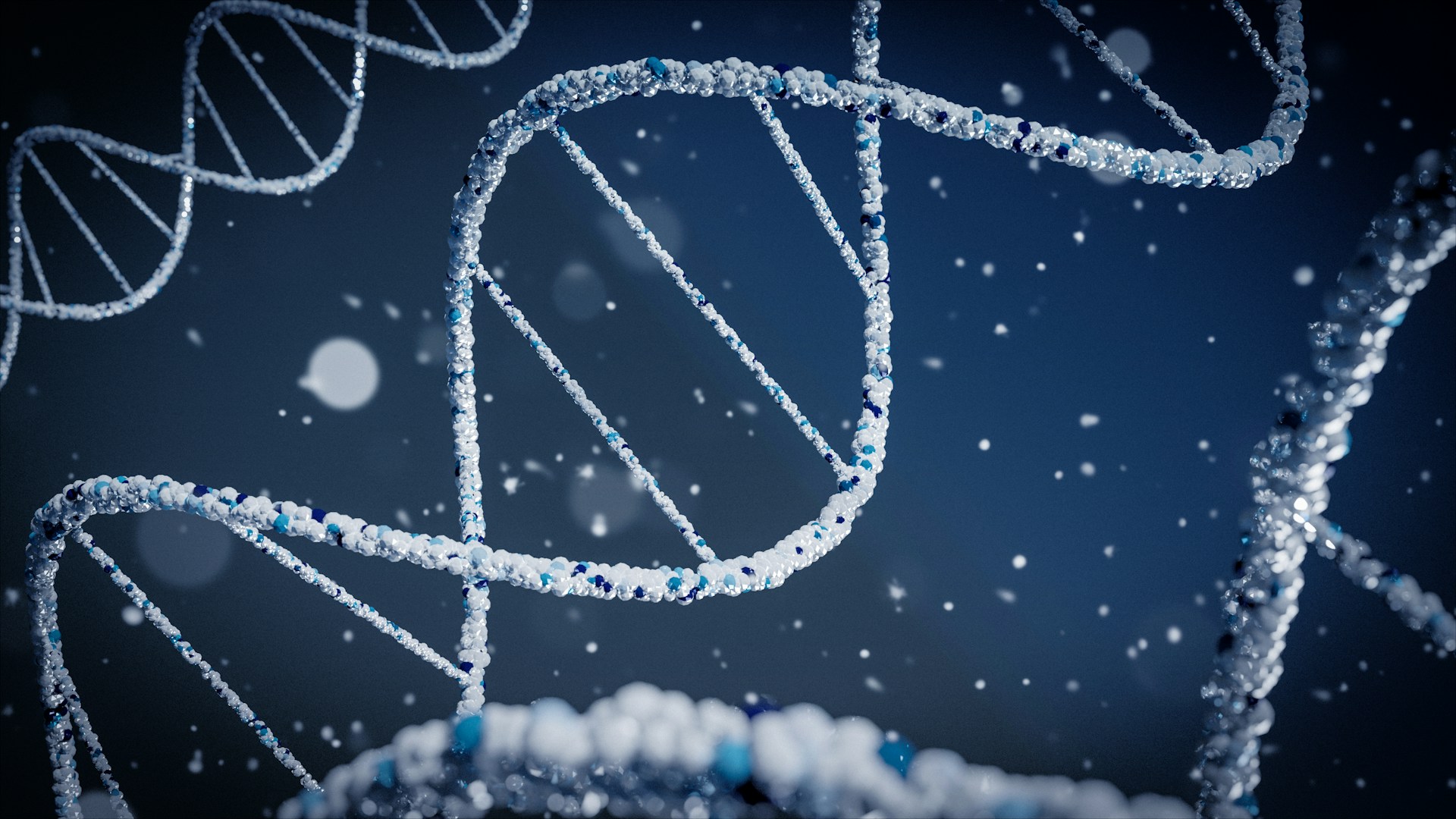
Sanger sequencing and NGS (next generation sequencing) are two methods of DNA analysis that can accurately identify the

Rancimat is an accelerated analysis method for measuring the oxidative stability of fats and oils. It consists of

Gas chromatography coupled with a flame ionization detector, better known as GC-FID,
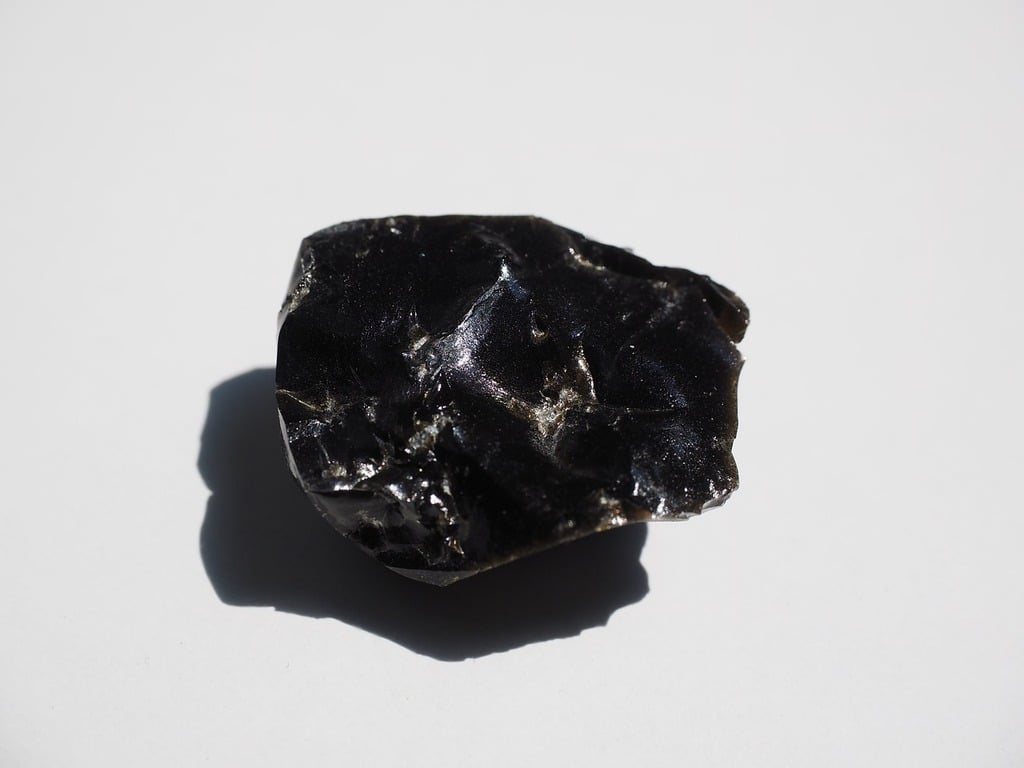
Used for thousands of years in traditional medicines, fulvic and humic acids are attracting growing interest in the fields
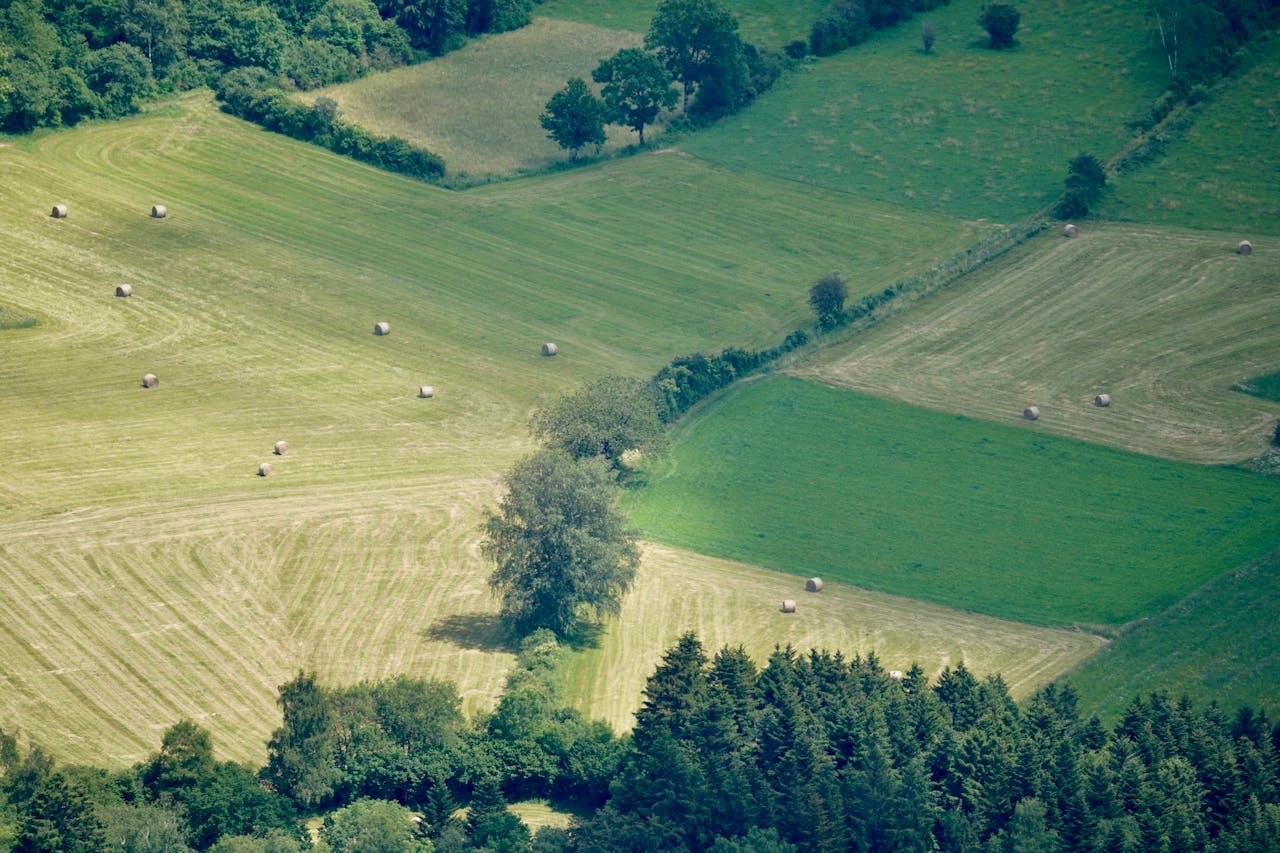
NBPT, or N-(n-butyl) thiophosphoric triamide, is a urease inhibitor used to limit nitrogen losses after urea application. Faced with

Deformulation, or reverse engineering, is an analytical process that involves analyzing a finished product to identify its

DSC (differential scanning calorimetry) is an essential thermal analysis method for assessing the response of a material to a variation
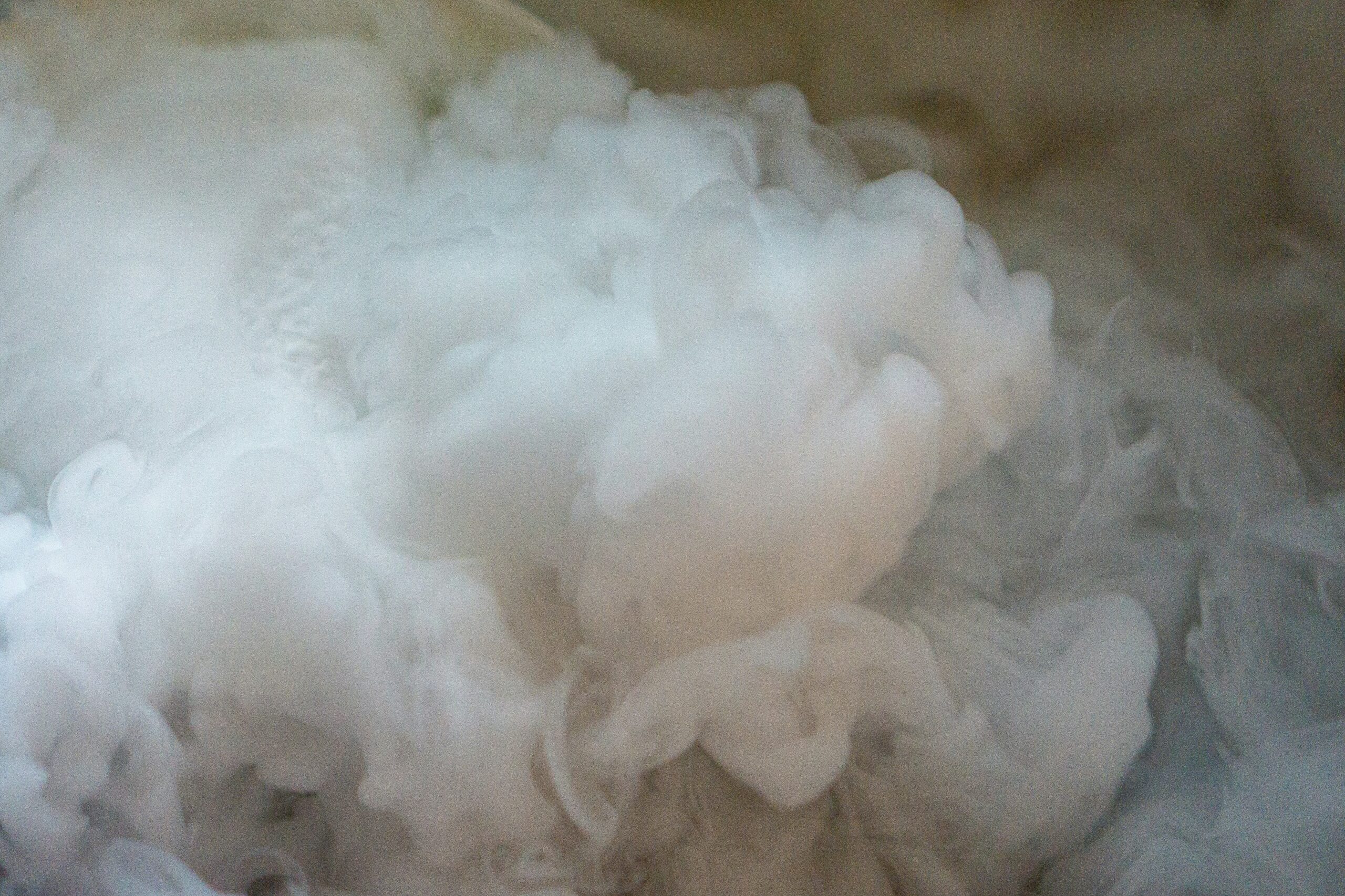
Atomic absorption spectrometry (AAS) is a reference analytical technique for the quantitative determination of metallic elements in a

Radioactivity is a natural or artificial physical phenomenon under high vigilance in the food, environmental and
Use YesWeLab for your analyses and focus on what you do best.

All your analyses in one place
Monday to Friday / 9:00 a.m. - 6:00 p.m.
YesWeLab
3 Av. Germaine Tillion
35136 Saint-Jacques-de-la-Lande
France

Save time, money and let the YesWeLab team manage your testing needs through its network of specialized laboratories |